A student from the School of Art displays her Animation project at the IDeATe Open House
IDeATe students are constantly producing interesting and thought-provoking work.
To showcase this work and to encourage our students to document and reflect on their course projects, we created the IDeATe Gallery. The gallery houses examples of projects from many IDeATe classes and allows others to get a sense of the type of work that we do.
A Silicon Valley Horror Story
Created by Sophia Qin in the Fall 2019 course 60-415 Advanced ETB: Animation Studio with Johannes DeYoung
This is a stop-motion project about the fantastical establishment of a utopia for mice and other animals that were harmed by beauty lab experimentation. This is set in a suburban environment in the Silicon Valley, where social media and beauty influencer culture is extremely prevalent and eventually becomes an unexpected tool for the mice to reach utopia. Music by Lucas Sherman.
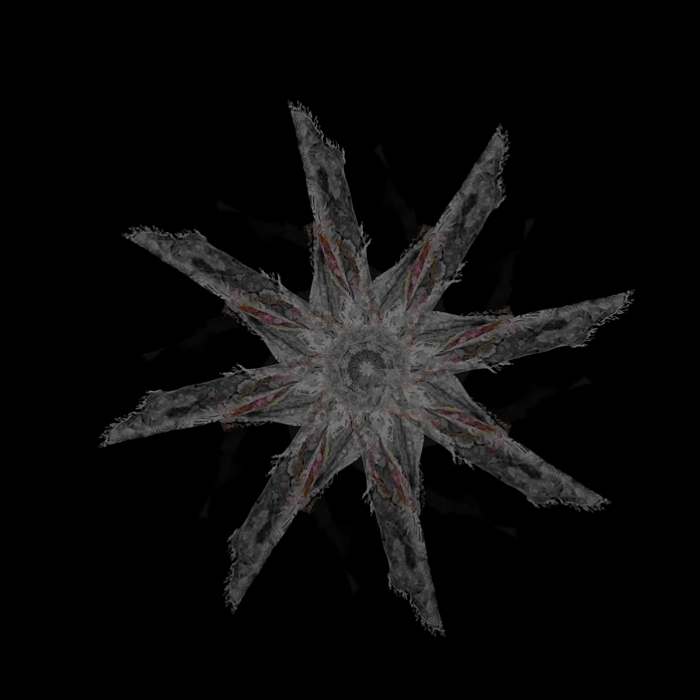
Cloth Waves
By Nick Richardson in the Spring 2020 course 16-376 IDeATe: Kinetic Fabrics with Olivia Robinson and Garth Zeglin
This video simulates the feeling of starting at ripples on a pond using fabrics and video editing.
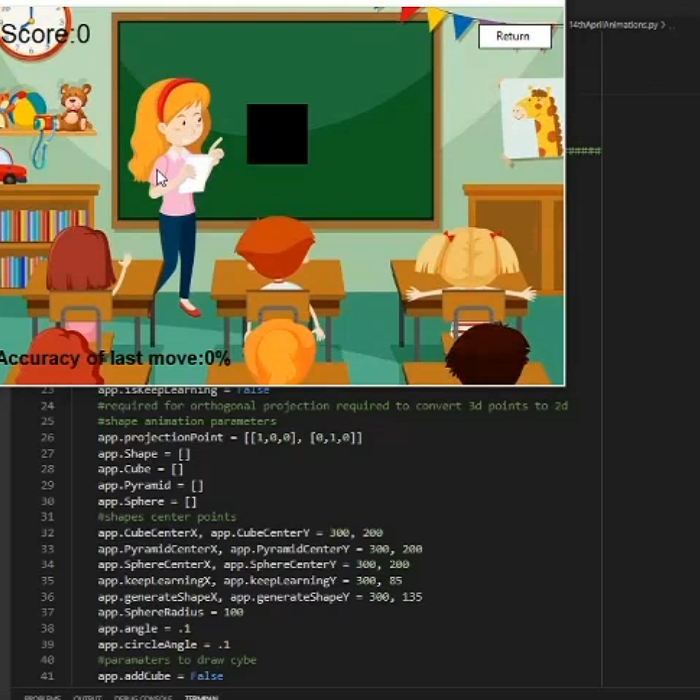
Shape Experience
By Vishesh Pagarani in the Spring 2020 course 15-112 Fundamentals of Programming and Computer Science with David Kosbie and Michael Taylor
Shape Experience utilizes openCV and 3D projection to create an educational experiential game for children to start learning the shapes. Users are tested in their ability to 'recognize' the shape generated by creating the same shape using their hands. There are several game modes which allow for different types of experiential learning.
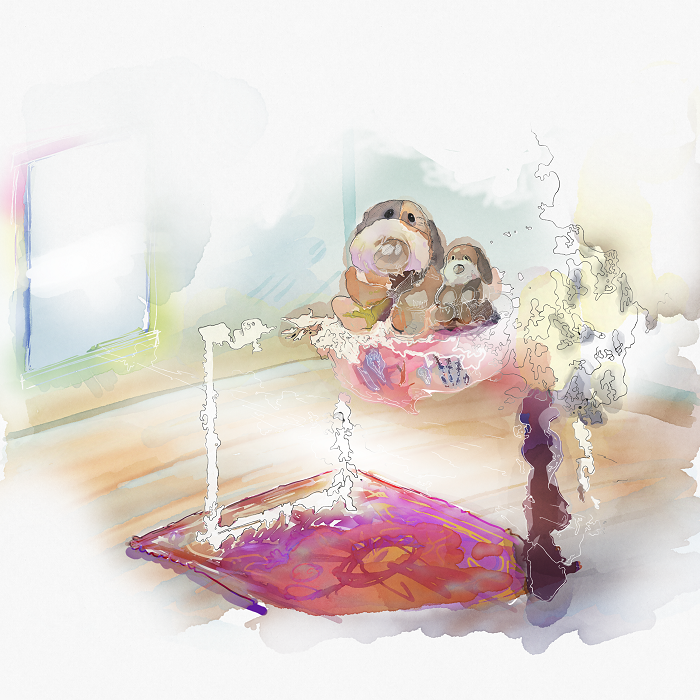
Out of Memory
By Izzy Stephen in the Spring 2020 course 60-461 Experimental Capture with Golan Levin
In my work, I want to depict the degradation of memories over time despite the seeming permanence of technology. Out of Memory is intended to turn a series of technical failures into something meaningful and aesthetically pleasing. The title derives from the persistent error messages I encountered as photogrammetry software stretched my computer's processing power beyond its limits. Part of the human condition is to have emotional attachments to mortal beings and ephemeral situations, which compels us to avoid loss by all means possible. Our collective fear of loss begets unique features of the human psyche, like the fear of dementia and obsession with documentation. Now more than ever, photography is seen as a tool for ‘capturing’ memories in ‘high fidelity,’ ‘lossless’ formats. But unless we were to create a simulation of equal size to our universe, a virtual space will always be a compressed version of its real-life counterpart. Like the human brain, which transforms memories with every re-encoding and imbues them with the context of their recollection, there is no perfect way to digitally recover a memory. Having experimented with photogrammetry over the course of my time in Experimental Capture, I realized that this method is a good visual and conceptual representation of my ideas about memory.
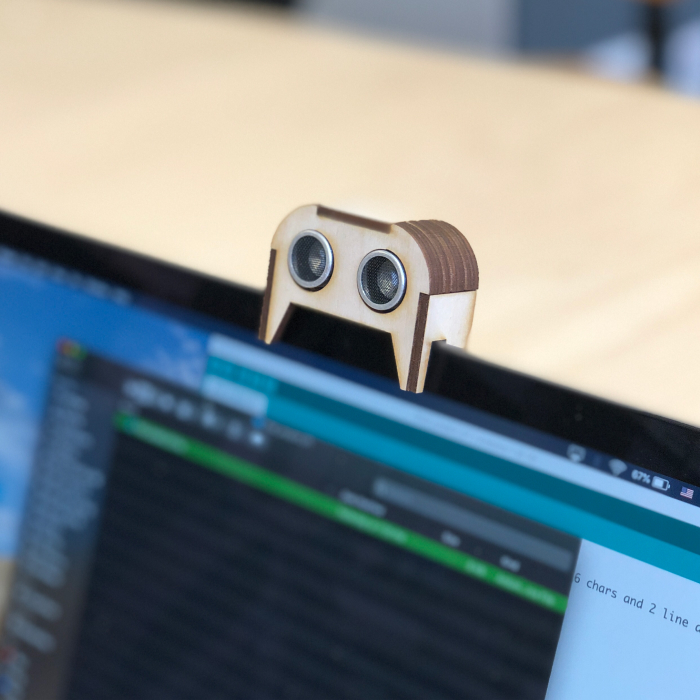
MindCatcher: I Know What You Want To Do
By Jaeyeon Huh in the Fall 2019 course 48-339/739 Making Things Interactive with Jet Townsend
Have you ever wished your computer would just read your mind and do what you wanted to do? Well, now, using the MindCatcher, your wishes can come true! This system was created for you to experience more natural interactions by interpreting and responding to your habits. The MindCatcher reacts to four general habits; For instance, you might lean forward to get a better view of an image on the computer screen. Then, following this move, the MindCatcher zooms in on the image. Of course, when you lean backward, it zooms out. However, when you are watching a video, you might quickly lean forward when you see an interesting scene. The MindCatcher will respond by replaying the past 5 seconds. More commonly, when you are working with multiple windows open, leaning backwards to think for a while will show you an overview of all of the windows so that you can organize your thoughts easily. Finally, if you start shaking your legs for a while because you are distracted, music that improves your concentration will start playing. If you want to learn more about the MindCatcher, you can find out more @ http://jayhuh.com/project/mindcatcher.
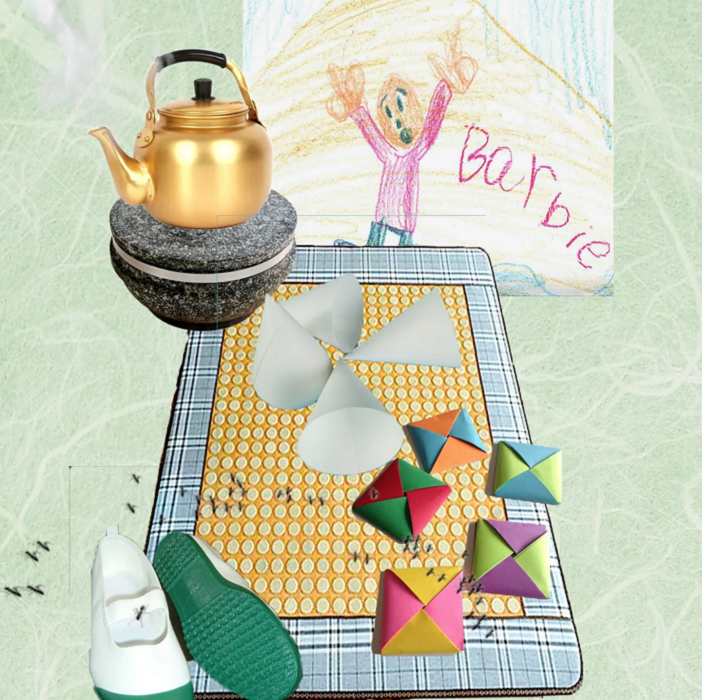
Whistle in My Ear
By Nana Cheon in course 60-402 Senior Studio with Ginger Brooks Takahashi, Carol Kumata, Susanne Slavick
Media collage using found footage and high-res catalogue images. Experimental sound mixing accompanies the collage also utilizing found, royalty-free sound clips. This collage is part of a larger series, "Calling Home." View the full project at nanacheon.com.
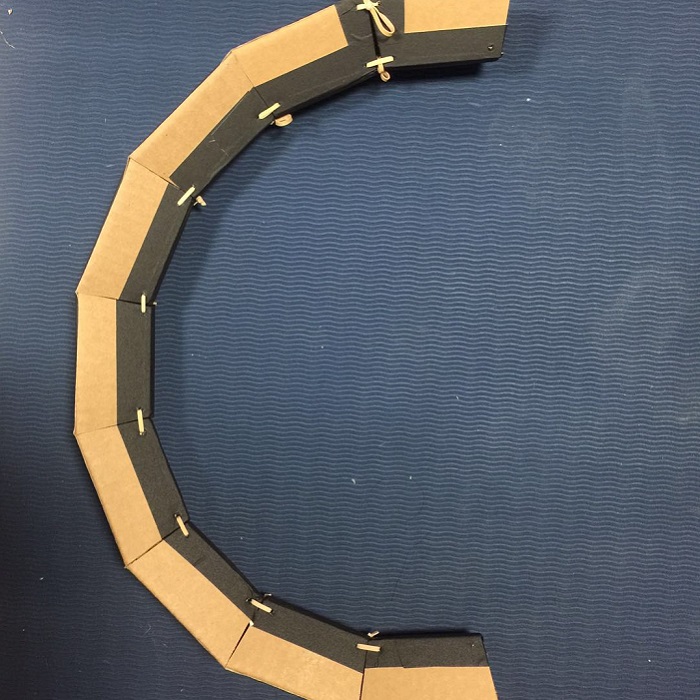
Inspired by Animal Behavior
By Yu Zhang and Lucian Hodor in the course 16-376 IDeATe: Kinetic Fabrics with Olivia Robinson and Garth Zeglin
Both of our designs are inspired by animal behaviors. For the first video, both of us will make a device, based on animals' attacking or threatening action. We work on our own designs without telling each other what it is and how it will act in the video. Then, in the second video, we create another kinetic device (or fabric, or movement) which responds to the action of the conterpart in the first video, based on animals' defence action. View the full project at courses.ideate.cmu.edu.